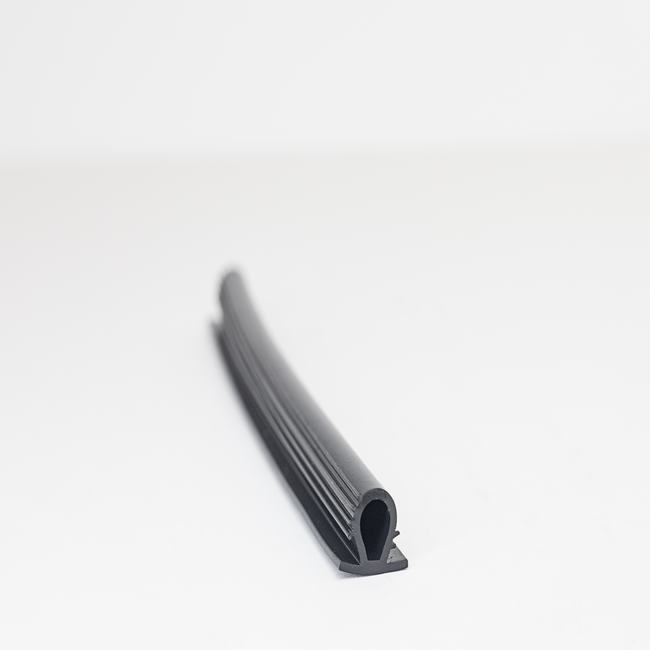Garage door seals, also known as garage door weatherstripping or garage door gaskets, are essential components used to seal the gaps around garage doors and create a weather-resistant barrier. These seals are crucial for maintaining the integrity of the garage, preventing the entry of outdoor elements, such as rain, wind, dust, and pests, and helping to regulate the temperature inside the garage. Here is a detailed description of garage door seals:
1. Material Composition:
- Rubber or Vinyl: Garage door seals are typically made of rubber or vinyl materials. These materials are flexible, durable, and resistant to weathering, making them well-suited for outdoor applications.
2. Functionality:
- Sealing: The primary function of garage door seals is to create a tight seal along the edges and bottom of the garage door. This sealing action prevents the infiltration of moisture, drafts, and debris, ensuring that the interior of the garage remains clean and protected.
3. Types of Garage Door Seals:
- Bottom Seals: These are placed along the bottom edge of the garage door to seal the gap between the door and the garage floor. They prevent water, cold air, and pests from entering the garage.
- Side Seals: Side seals are installed on the sides of the garage door frame to seal any gaps between the door and the frame.
- Top Seals (Header Seals): These seals are placed at the top of the garage door opening, creating a seal between the top of the door and the header or lintel. They help prevent drafts and rain from entering.
- Threshold Seals: Threshold seals are installed on the garage floor directly beneath the garage door. They provide an additional barrier against water infiltration and are especially useful in flood-prone areas.
4. Features and Characteristics:
- Weather Resistance: Garage door seals are designed to withstand a wide range of weather conditions, including rain, snow, extreme temperatures, and UV exposure.
- Durability: The rubber or vinyl materials used in these seals are durable and can endure frequent use and exposure to the elements.
- Easy Installation: Garage door seals are typically easy to install and can be attached using adhesive, screws, or other fasteners.
- Flexible: They are flexible enough to accommodate the movement of the garage door when it opens and closes without losing their sealing effectiveness.
- Sound Insulation: Some garage door seals offer a degree of sound insulation, reducing noise from the outside environment.
- Pest Control: By sealing gaps, garage door seals help keep pests like rodents and insects out of the garage.
5. Benefits:
- Energy Efficiency: Garage door seals improve the energy efficiency of the garage by reducing heat loss in cold weather and heat gain in hot weather.
- Protection: They protect the garage and its contents from water damage, drafts, and dust.
- Cleaner Interior: A properly sealed garage prevents dirt and debris from blowing inside, keeping the garage interior cleaner.
- Reduced Pest Entry: Sealed gaps discourage pests from entering the garage.
- Comfort: They help maintain a more comfortable temperature within the garage, making it more suitable for various uses, such as a workspace or storage area.
In summary, garage door seals are essential for maintaining the functionality and comfort of your garage. They serve as an effective barrier against the elements and pests while also contributing to energy efficiency and overall protection of the garage and its contents. Regular inspection and replacement of worn or damaged seals are important to ensure they continue to provide effective sealing.

